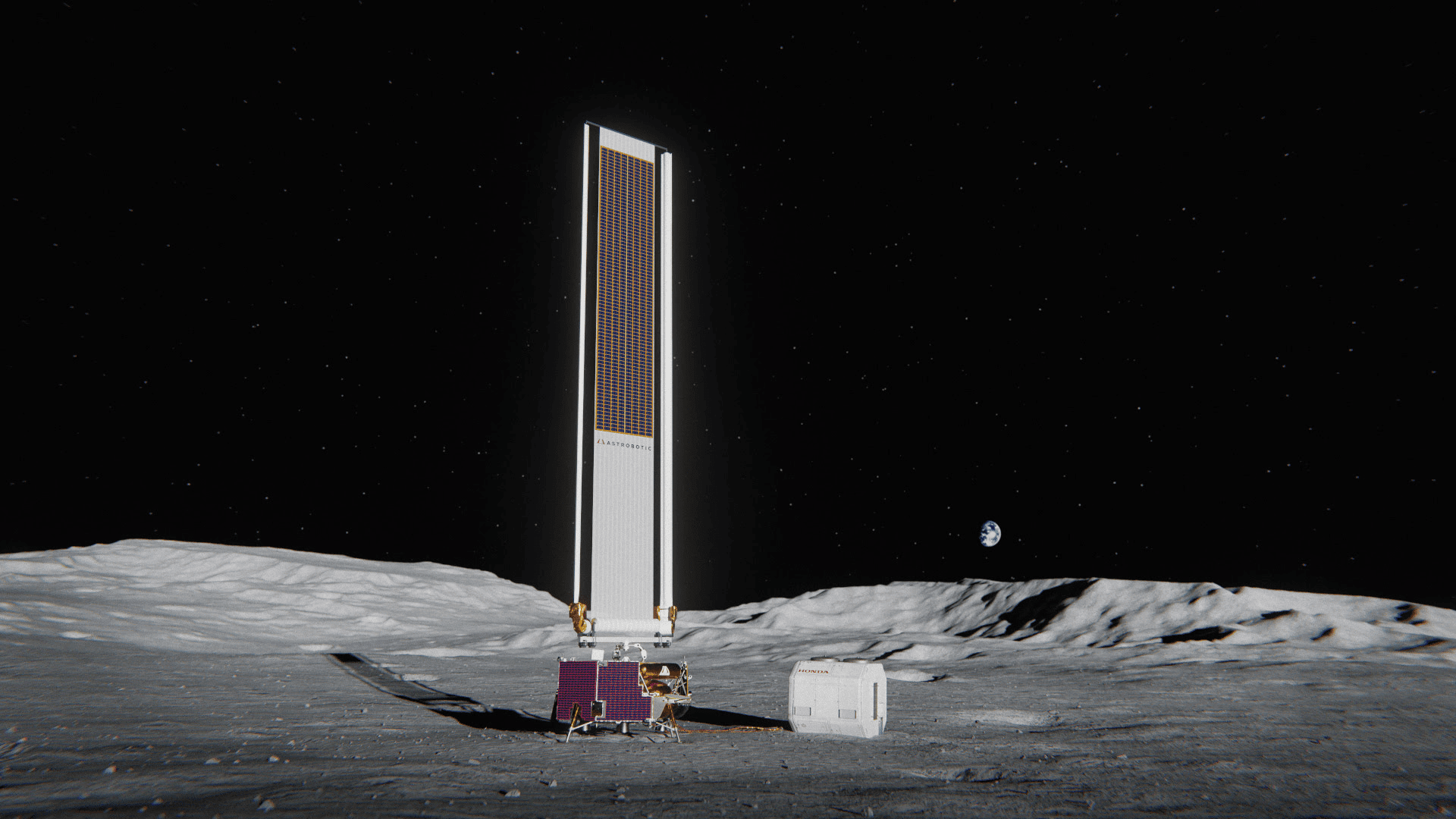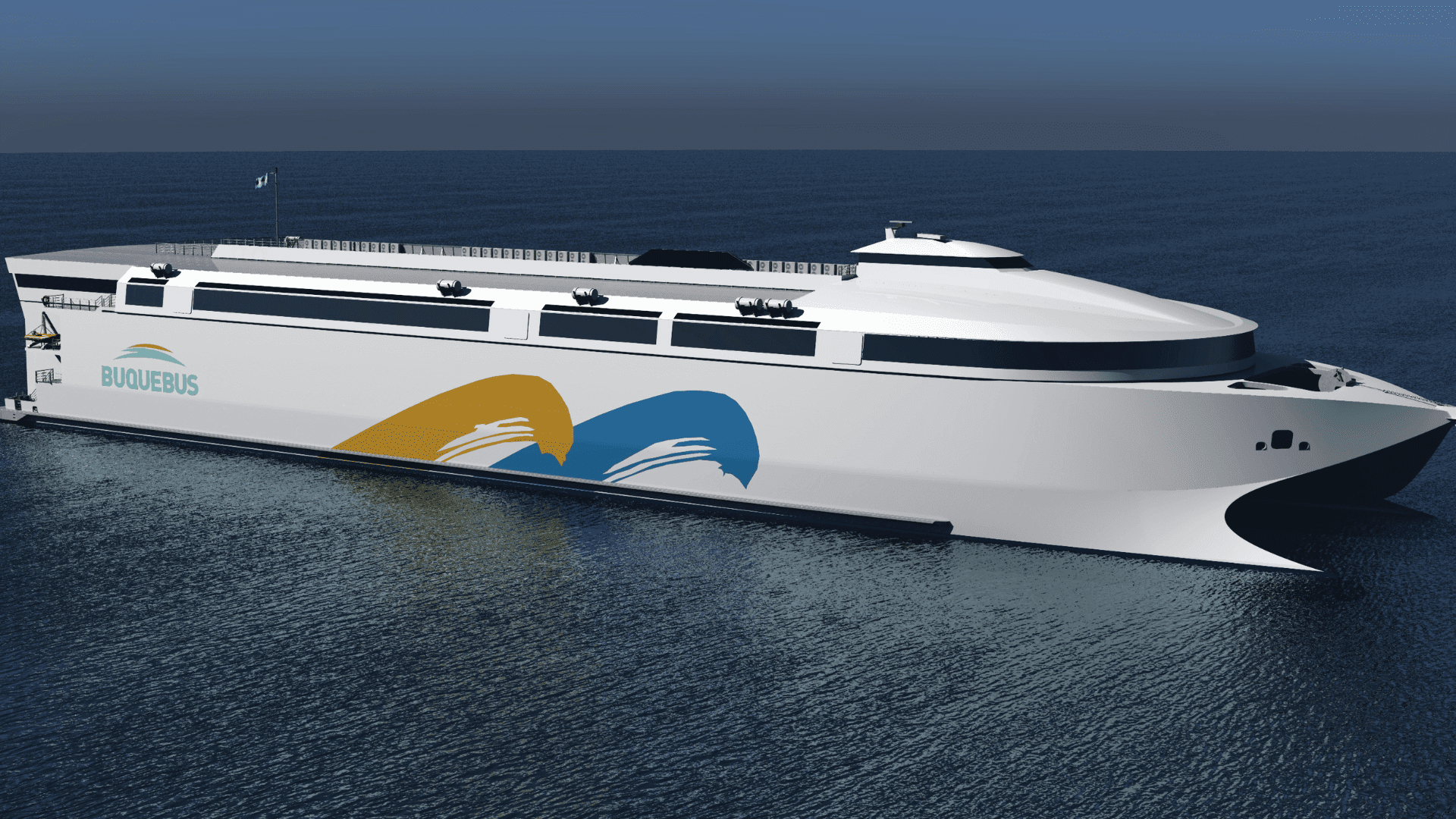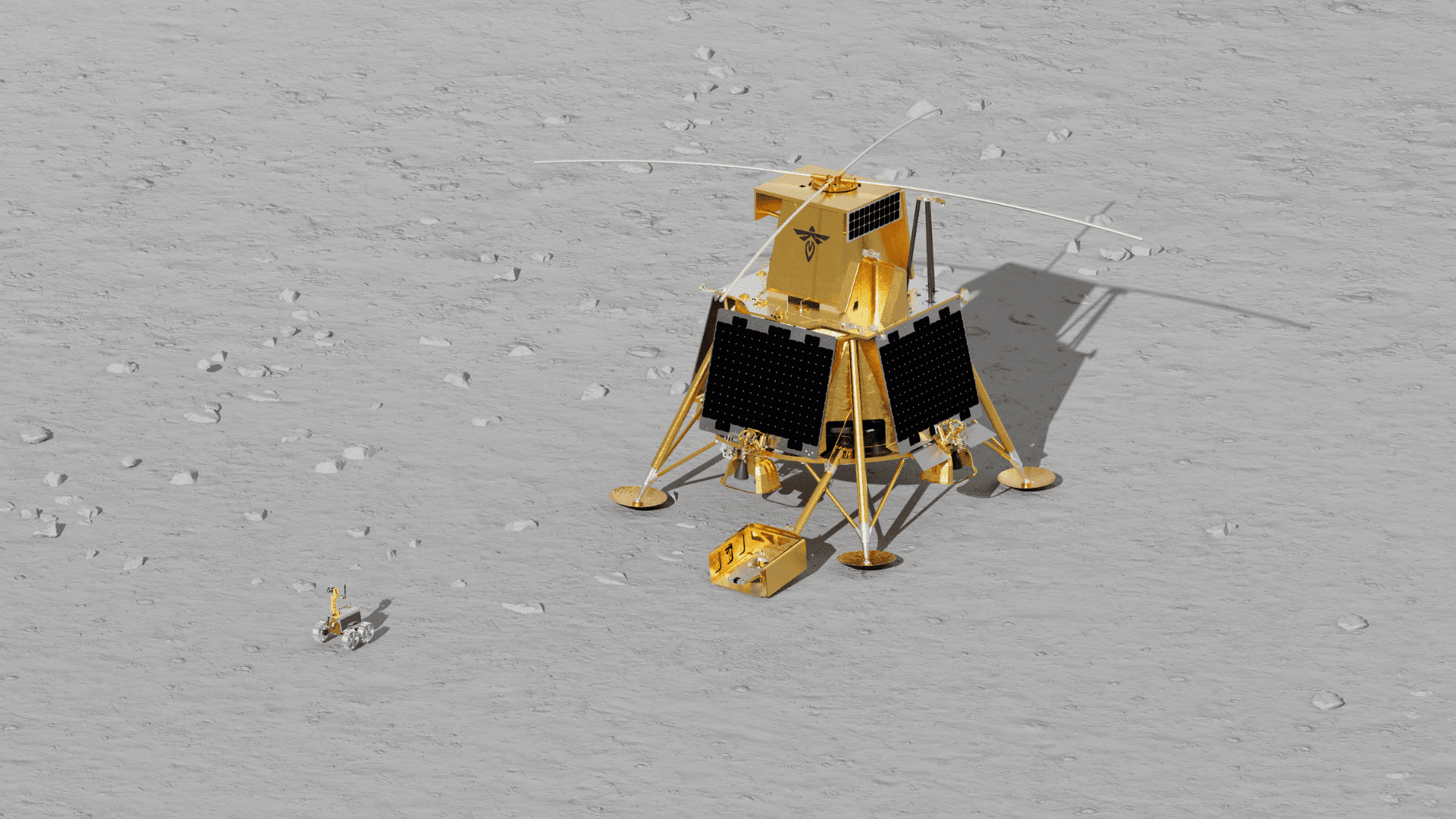Astrobotic Technology, Inc. and American Honda Motor Co., Inc. have announced a joint development agreement to create a scalable, integrated power solution designed to sustain long-duration missions on the lunar surface. This collaboration centers on integrating Honda’s regenerative fuel cell (RFC) system with Astrobotic’s Vertical Solar Array Technology (VSAT) and its planned LunaGrid service to ensure continuous power, even throughout the Moon’s long, cold night.
A Closed-Loop Energy Cycle

The key to this system is Honda’s RFC, a “circulative renewable energy system” that creates a closed-loop energy cycle. During the 14-day lunar day, the system uses solar power to split water, storing the resulting energy as hydrogen and oxygen. When the lunar night descends, the fuel cell reverses the process, converting the stored hydrogen back into electricity. According to Astrobotic, the only byproduct of this conversion is water, which is then recycled by the high-pressure water electrolysis system.
This technology is being integrated with Astrobotic’s LunaGrid service, which aims to provide robust power infrastructure across the Moon. The LunaGrid relies on the company’s VSAT system, a deployable, sun-tracking solar array. Astrobotic is currently developing a 10 kW VSAT system and an Extra-Large version (VSAT-XL) capable of generating 50 kW of power.
Extending Mission Capabilities
The joint feasibility study between the two companies will focus on three main objectives, including detailed illumination studies to determine power requirements at LunaGrid deployment sites, evaluating the scalability of the Honda RFC system, and defining hardware and software integration needs.
Astrobotic emphasized the game-changing potential of this partnership. Bobby Rolley, Astrobotic’s Lunar Power Systems Architect, said, “Astrobotic’s LunaGrid is being developed to deliver reliable, continuous power for lunar surface missions, revolutionizing the economics of exploration.” He added that the collaboration with Honda will significantly “boost mission performance and data return per dollar invested.”
This ability to provide continuous power will be crucial for sustaining a human presence and advancing lunar surface infrastructure. As Derek Adelman, chief engineer, Space Development Division at Astrobotic partner Honda, noted, “Powered by core Honda technologies, our regenerative fuel cell system is designed to provide efficient energy storage and regeneration to support sustained human life on the Moon as well as advance zero-emission applications on Earth.”
The results of their simulated one-year solar illumination profiles will determine the final sizing of the RFC system to meet the power needs of future lunar missions.







